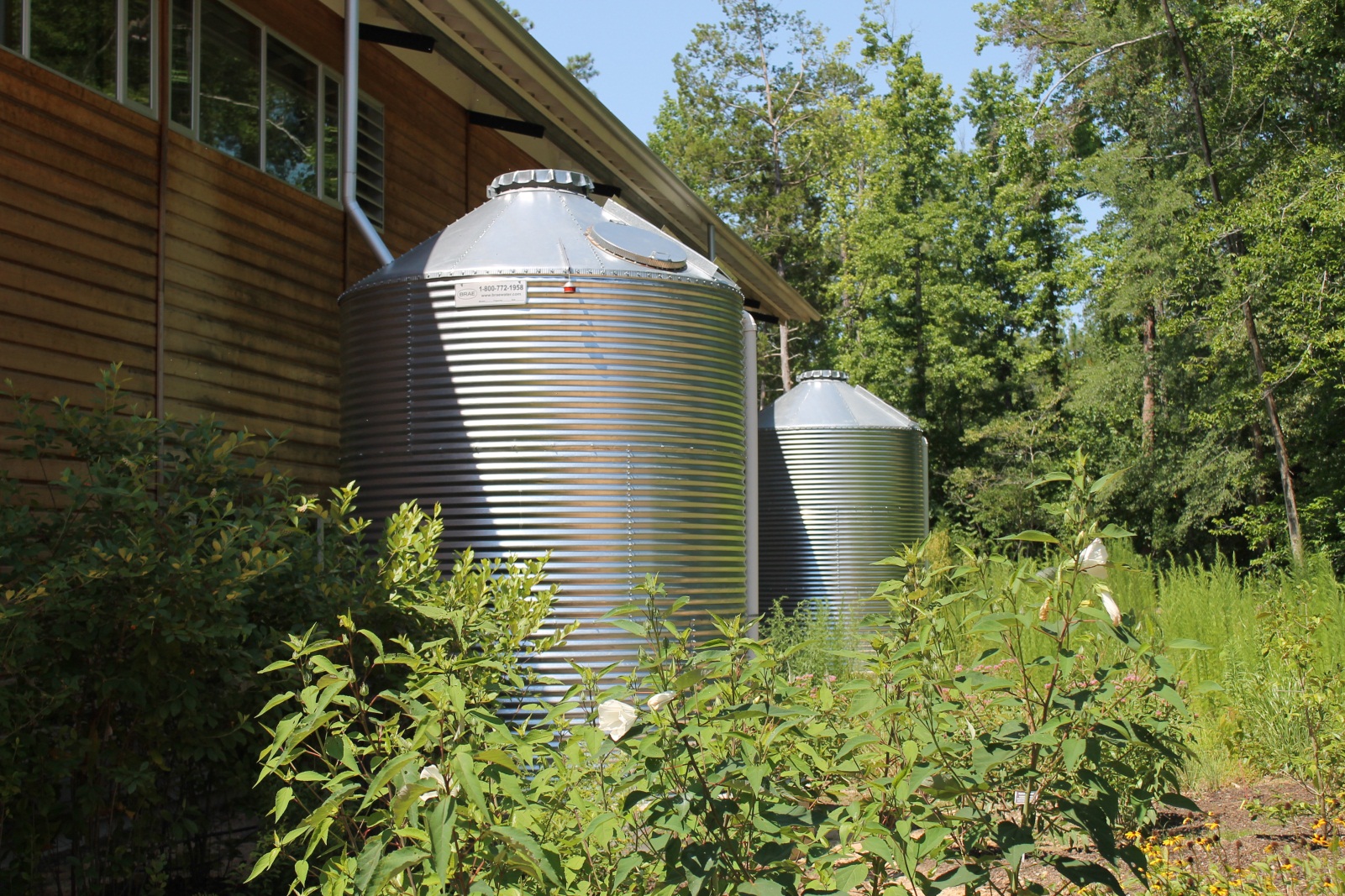As the Atlantic Hurricane season continues into November with Hurricanes Eta and Iota, we should understand the causes of storm surges which follow tropical cyclones.
What is a storm surge?
Storm surges are changes in sea level from a storm. These occur when sea water is sucked towards the eye of a cyclone and pushed towards the shoreline. Many factors, such as temperature, wind, and pressure, can affect the intensity of these surges and how hard they hit coastal communities.
There are different parts to a storm surge, and they can impact how much water makes it to land.
Multiple components drive storm surge events : the storm surge itself, the astronomical tide, and the storm tide.
Astronomical tides amplify storm surge events, creating a storm tide that is more devastating than the surge itself. Storm surges push a certain direction towards land, but as they approach astronomical tides, which can vary daily, the two water levels merge so the storm tide height can differ depending on the astronomical tide. A storm surge occurring during high tide will have a higher storm tide than a storm surge at low tide.
Larger storms create larger storm surges
When looking at a map of a storm projection, your eyes immediately focus on the size of the storm. It’s safe to say that the bigger a cyclone is the more damage it can cause. This also is true for storm surges. Bigger hurricanes drive bigger storm surges. Water level rises where winds are strongest at the center of the storm. This wind pulls waters in towards the center, creating the potential for a larger storm surge. Larger storms pull in more water, creating a bigger surge. These surges also span longer distances during larger storms.
What causes this is that changes in pressure. During cyclones, atmospheric pressure is higher along the outside of a storm and lower in the middle, pushing the water to the center. This drives a storm surge. Higher intensity storms cause a higher pressure deficit, which is what sucks more water towards the center of the storm to create the storm surge. In short, stronger storms mean higher surges.
The Physical Coastline Impacts How Storm Surges Hit
Storm surge height can vary from place to place depending on its shoreline. The slope of the continental shelf affects the approach of the storm surge. Continental shelves are where the edges of continents dip under water. Some continental shelves are short with abrupt drop offs while others have longer slopes like ramps. In general, the West Coast has a short continental shelf while the East Coast has a wider, more shallow shelf.
A storm surge would hit these two types of coasts differently. Shallow continental shelves are more vulnerable to storm surge damage because there is little buffer to stop the sea water from coming onto land. This is the case with the Louisiana coast. Steeper shelves don’t have as much water that can make it over the cliff- like break in the shelf Miami Beach, Florida has this type of shelf. The two locations could see different storm surges from the same storm. What could hit Miami as a 8-9 foot surge could approach Louisiana as 20 feet.
What’s Being Done with this Information?
These complexities make storm surges hard to predict. Hurricane Eta delivered 10-15 feet of storm surge to parts of Nicaragua. In an area that has had the constant threat of storms, the notice was short. Taking these factors into account, institutions, such as the National Weather Service are creating models that simulate real life conditions to better predict storm surges to prepare at risk communities, Like Tampa Bay, for oncoming events. These models that predict surge height coupled with hurricane trackers could be life saving.





















